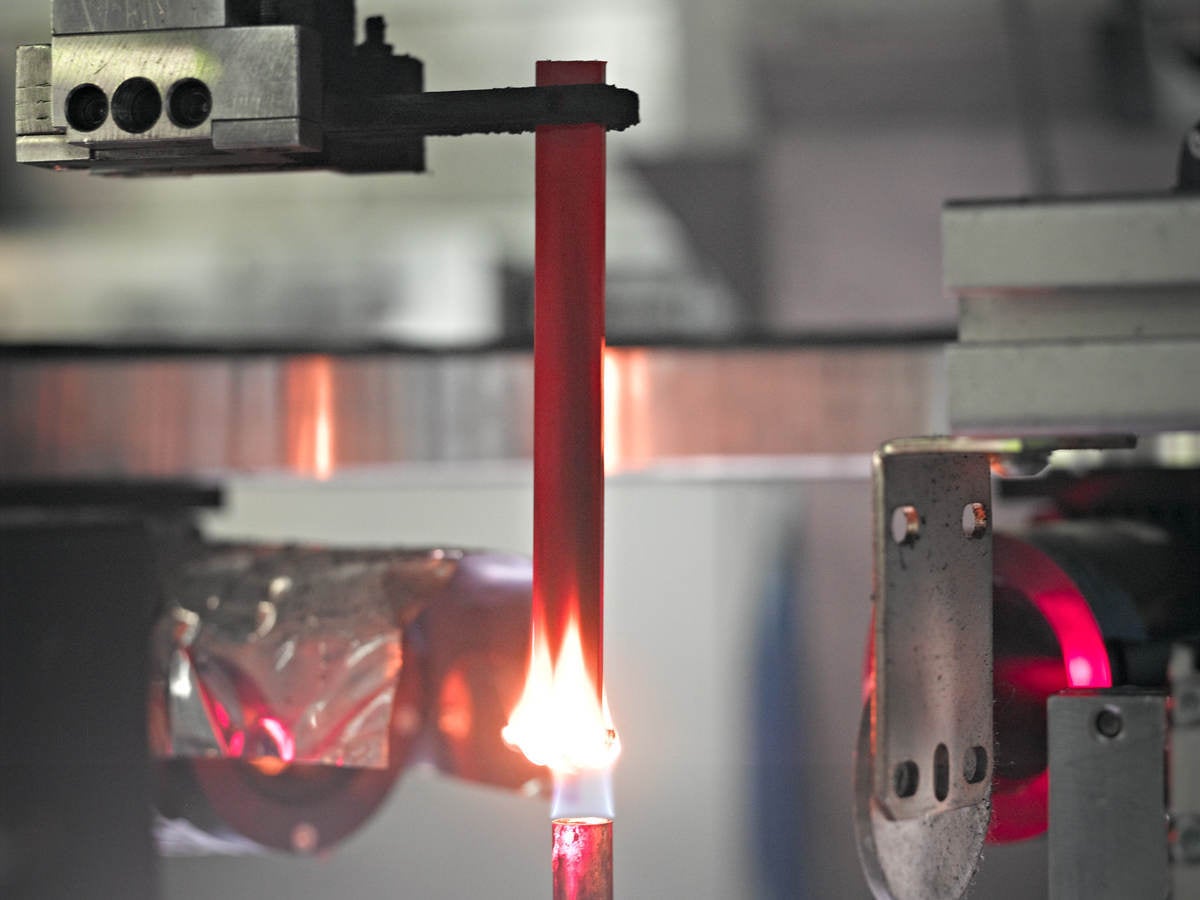After some hours of online research, I found some interesting items regarding interior finish and LED panels. Maybe I can share and see if we can drive further forward.
https://www3.iccsafe.org/cs/committeeArea/pdf_file/BU_12_63_13.pdf - I think this has been already discussed in the forum, saying built-in or attached cabinets are not 'furnishings' and therefore not regulated by the code (IBC).
Then, I found an AHJ (some county in Virginia. I dont live in the US so not sure where this is or what it is

) interpretation of the above ICC code interpretation.
https://www.pwcva.gov/assets/2021-04/bi2015-03.pdf
Basically two things,
1. Furniture (standalone or built-in place) is exempt from the Building Code.
2. The designer is responsible to delineate and segregate the wall or partition from the built-in place furniture.
I think the first item is straightforward with the ICC interpretation, but the second item, I am not really sure what it means...
Here in Hong Kong, when we use built-in or attached furniture, we try to have ASTM E 84 rating for the furniture surface that is meeting the wall surface.
Never had found code background for this, but I guess this will do the similar trick from the 2nd special note of the Virginian interpretation.
For the LED displays, I found South Nevada IBC amendments that might help.
In their 2018 amendments,
https://www.snicc.org/wp-content/uploads/2018/07/IBC_Amendments.pdf
We have something in chapter 26 under the section 2611 of light-transmitting plastic interior signs.
2611.5 LED Display Panels.
Signs or displays utilizing LED display panels shall comply with this section of the code.
1. Panels used for LED displays shall be listed appliances.
2. Panel displays under 100 square feet in aggregate area shall not require any additional protection.
3. Panel displays between 100 square feet and 500 square feet in aggregate area shall be located in a space protected by an automatic sprinkler system.
4. Panel displays exceeding 500 square feet and below 1,000 square feet in aggregate area shall be protected with a water curtain complying with NFPA 13 across the exposed face of the display or be located in a space protected with an automatic sprinkler system of at least Ordinary Hazard Group 2.
5. Panel displays of 1,000 or greater square feet in aggregate area shall be protected by a water curtain complying with NFPA 13 across the exposed face of the display.
6. For panel displays exceeding 500 square feet, a Fire Protection Report shall be provided to substantiate the preceding requirements are met.
I am thinking because Las Vegas has a lot of casinos with a lot of large LED displays inside, the Southern Nevada building official needed to make some regulation for those LED displays otherwise won't be properly controlled. Except for water curtain, the requirements seem to be reasonable as there must be sprinklers already installed in casinos, anyway.
They also have some amendment for Appendix H Signs. I think this can be applied to external LED displays.
Adopt Appendix H and revise section H107.1.3. Section H107.1.3 Area Limitation. Add an exception to Section H107.1.3 to read as follows:
Exception: The area of plastics may be unlimited on a structurally independent sign provided the exterior walls of adjacent buildings are constructed in accordance with Table 602 and located;
1. A minimum of 10 feet from Type I building(s); and
2. A minimum of 10 feet, measured horizontally, from a building’s main entrance.
The separation distance from the sign and an adjacent building shall be a consideration for the rating of the building’s exterior walls. For the purposes of this exception, the fire resistance rating of the sign may be taken as 0 hours at any separation distance.
We are now studying this path, not sure whether our local AHJ will accept some other jurisdiction's local amendment as a proper code path...
Still, one thing I am not unclear about this one is whether the 1st condition is applying for all Type 1 buildings, including the building that the sign is serving.
I tried to contact with SNBO and get some code development process of these amendments, so maybe I can know better about the proposal's intent and justification of these numbers and conditions. I will get back when I have more info.

